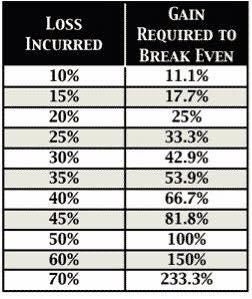With 20 years of trying different things and hearing from others I made an important discovery that has shaped me as a trader and a coach. What I found is that more people will improve using an approach to change that emphasizes expanding self-awareness and emotional intelligence.
(With so many different approaches advertised as a ‘change process’, I think its important to share what I’ve found to work. That’s really what we have to do, right? Doing more of what works and less of what doesn’t.)
Very briefly, what I mean by expanded self-awareness is:
1) the recognition that our thinking and our emotions are intertwined and both influence our perception and judgment that leads to our decisions and actions (this view also happens to be consistent what the leading brain scientists are now saying)
2) much of our motivation – the intertwined thinking/emotion that drives our behavior – is actually subconscious, e.g. we assume we are trading the market but on other levels we are also trading our P&L and our feelings about our P&L (and what our P&L represents to us) is just one example. (more…)






